Finding the perfect ring can be an overwhelming task, especially for those leading an active lifestyle. But fear not, as there is an option that combines both practicality and style – the flush ring setting.
You might be curious about what exactly a flush setting entails. Unlike flashy designs that stand out, a flush setting offers understated beauty with its own set of merits.
In this article, we will explore everything you need to know about the flush setting, a secure and distinctive ring style. We will also delve into why it could be the ideal choice for individuals with active lifestyles.
So, without any further delay, let’s delve into the world of flush settings.
DESIGN YOUR OWN ENGAGEMENT RING: START WITH A SETTING OR START WITH A DIAMOND. IT’S REALLY UP TO YOU!
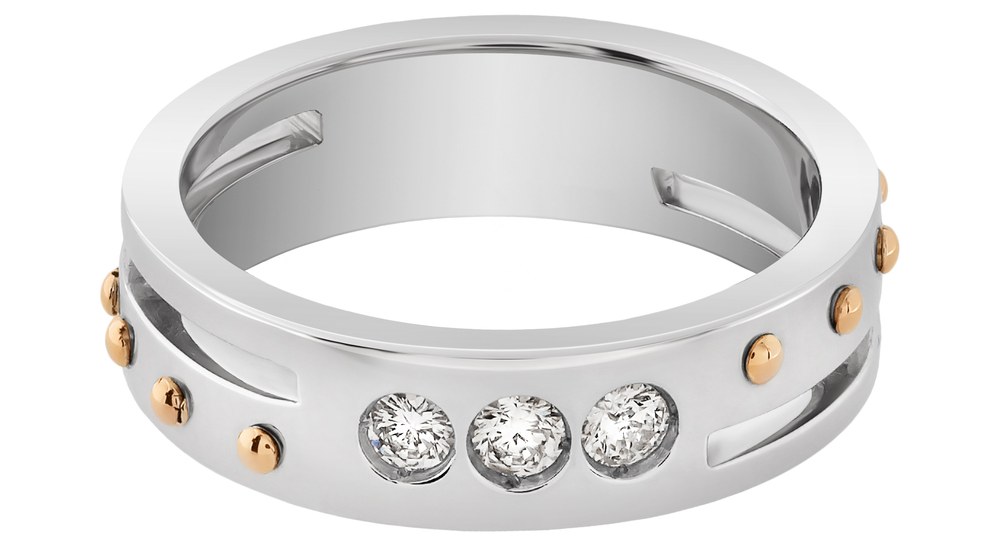
What Is A Flush Setting?
The flush setting, also referred to as the gypsy or hammer setting, involves placing gemstones into holes on a metal band, allowing them to sit perfectly flush with the surface of the metal.
This style of setting offers exceptional protection to the gemstones, as they are nestled within the band and do not protrude from it. It is a popular choice for wedding bands, adding a subtle touch of sparkle without being overly extravagant.
There are various ways to incorporate gemstones into a flush setting, ranging from designs with a single stone to those featuring gemstones of different shapes and sizes.
When opting for a flush setting, it is advisable to select durable gemstones such as diamonds, rubies, sapphires, or other similarly hard precious gems. These stones can withstand the pressure required for this setting style.
It is important to note that placing a diamond in a flush setting may result in a reduction in its fire and brilliance since only the crown of the diamond can receive sufficient light for optimal refraction.
Nevertheless, the trade-off of slightly diminished sparkle is well worth the assurance that your gemstones are securely protected within the setting.
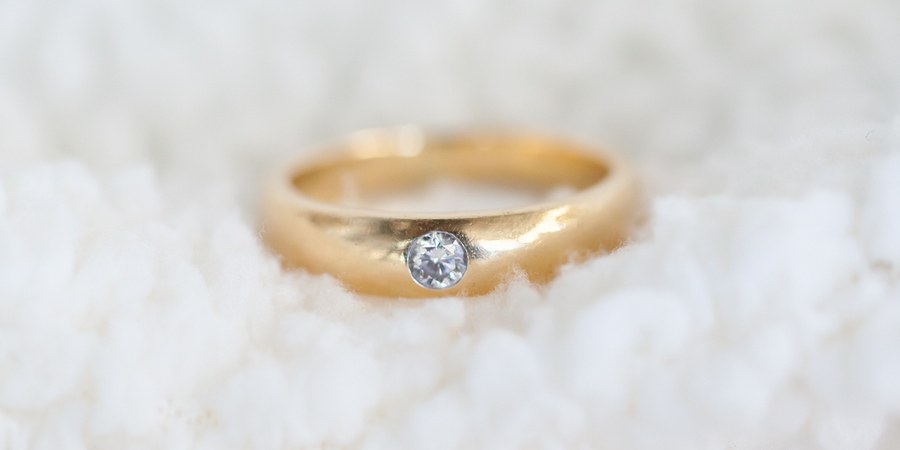
Placing A Gemstone In A Flush Setting
Artisans employ a meticulous process to fit gemstones into a flush band, ensuring their secure placement within the setting. Here’s a breakdown of how flush settings are made:
- Measurement: The artisan carefully measures the height and width of the gemstone to determine the appropriate size for the hole in the band. It is essential to ensure that the metal band is slightly higher than the gemstone, necessitating accurate measurements of both materials.
- Drilling: Using a bur, the craftsman drills a hole in the metal band. Sometimes, multiple bur sizes are required to create the hole, and it is often tapered to match the shape of the gemstone.
- Gemstone Placement: The gemstone is then positioned in the hole, ensuring it sits up to the girdle level. The artisan meticulously examines the piece to ensure the gemstone aligns perfectly with the surface of the band.
- Metal Folding: To secure the gemstone, the artisan carefully rubs or “burnishes” the metal around the stone. This process involves folding the metal over the edges of the gem, providing added protection and stability.
Although the process may appear straightforward, any miscalculation or error during drilling or measurement can render the ring unusable. It is crucial to adhere to a strict procedure when setting a gemstone in a flush band to achieve the most secure hold possible.
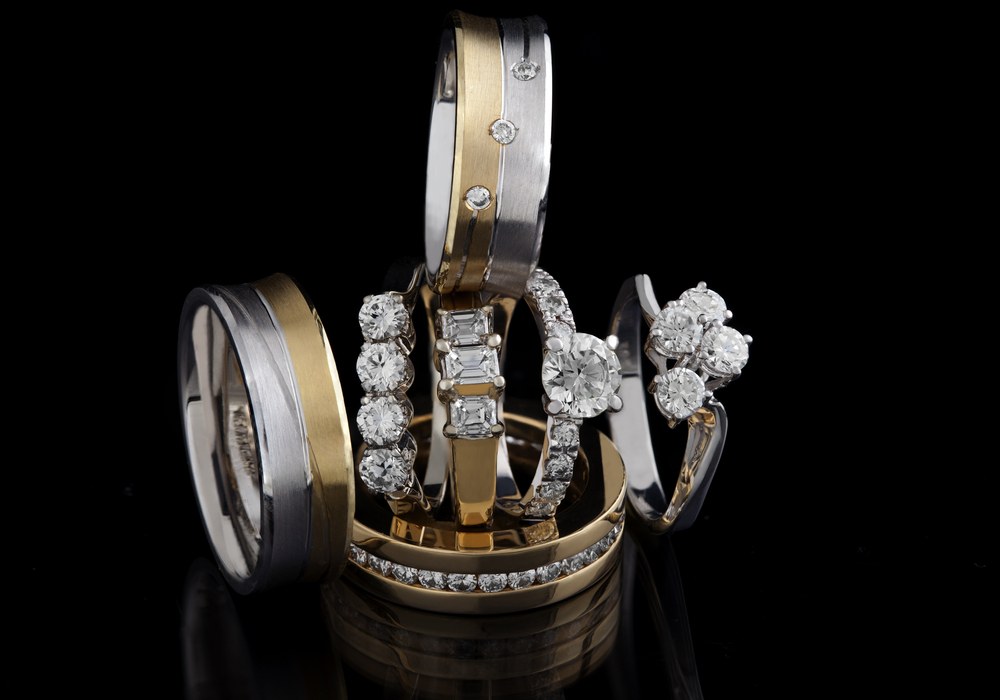
Popular Flush Setting Ring Styles
Flush setting rings may not be as prevalent as other ring styles, but there are various approaches to create a ring with a flush aesthetic. Let’s explore the different ways jewelry designers utilize flush setting styles to craft stunning rings:
- Wedding Bands with Flush Setting:
Wedding bands in this style often feature a single diamond that adds a subtle sparkle to the simple ring design. The diamond is typically round or square and placed at the center of the band. While thinner band designs are popular for women’s wedding bands, single-stone ring styles are a favored choice for men. - Multi-Gemstone Flush Setting:
For those seeking more than a single diamond, multi-gemstone flush setting rings offer an appealing option. Craftsmen incorporate multiple diamonds or other gemstones into the ring, creating a luxurious finished piece that exudes more visual allure than the standard flush setting model. Traditional brides may opt for rings with an orderly line of gemstones, while those who desire a modern look can choose diamonds arranged in a distinct pattern for added style. - Starry Flush Setting:
This unique and creative approach features several gems of varying sizes scattered across the band, producing an elegant and understated effect. The starry flush setting adds a touch of sophistication to the ring design. - Dash Style Flush Setting:
Similar to the multi-gemstone flush setting, this style has a sleek appeal. The aligned diamond clusters create a cohesive shine that captures attention. This type of ring setting serves as an excellent fashion accessory for any occasion and also works beautifully as a wedding band. - Two-Gemstone Flush Setting:
Two-tone rings provide an opportunity to create a distinctive flush setting piece. By combining different metals, such as white and yellow gold or white and rose gold, you can achieve a personalized look that suits your taste. These combinations add a touch of uniqueness to the ring design. - Colored Gemstone Flush Setting:
If you prefer colored gemstones over colorless diamonds, sapphires or rubies can infuse your flush setting ring with vibrant hues. By incorporating colored gems into the flush setting, you can add a hint of personality and a splash of color to your ring. Additionally, opting for multi-colored flush settings allows for the creation of lively and attention-grabbing combinations.
These various flush setting styles offer an array of choices to suit individual preferences and create stunning rings that stand out with their unique designs.
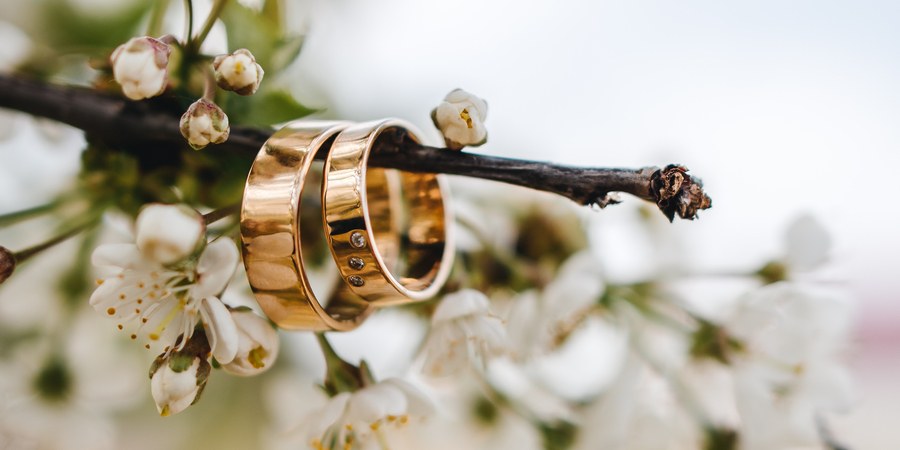
Engagement Rings With Flush Setting
Bezel Flush Setting Ring
The bezel flush setting ring combines the smooth beauty of the flush setting style with the elegance of a bezel-set ring. It offers the option to incorporate diamonds or other gemstones into the band of the engagement ring, allowing for various design possibilities. Alternatively, designers can apply the flush setting style directly to the bezel itself, creating a modern and stylish appearance for the fashion-forward bride.
Solitaire Prong Engagement Ring
The solitaire prong setting is a timeless classic, and when combined with flush setting accents, it takes on a contemporary allure. By adding flush style elements to the solitaire prong setting, the overall aesthetic of the ring is enhanced. While the flush-set gems may not shine as brightly, they complement and enhance the radiance of the center stone.
Is Flush Setting Worth Considering?
Like any other type of setting, the flush setting has its advantages and disadvantages. To make an informed decision about whether this setting is right for you, it’s important to consider the pros and cons.
While the visual appeal of a setting is important, it’s not the sole factor to consider. We highly recommend taking these facts into account as you educate yourself about the flush setting. You might discover that you appreciate its qualities more than you initially thought, making it a worthwhile consideration for your ring choice.
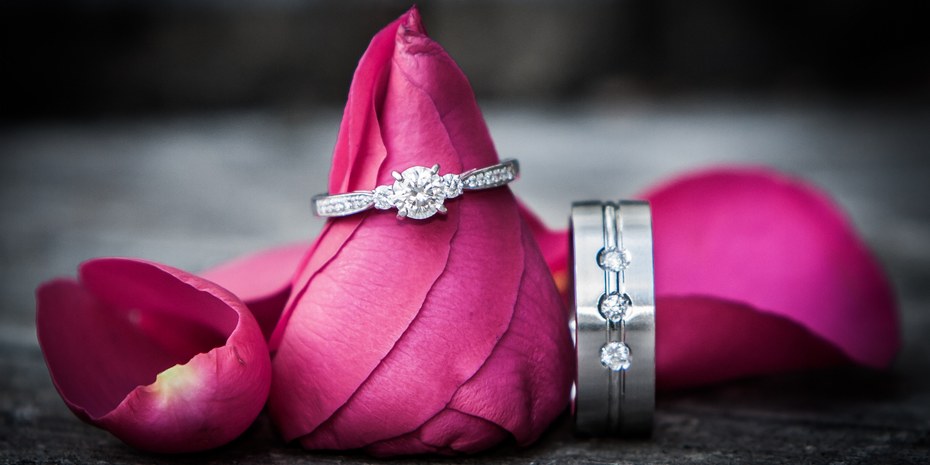
Flush Settings: Pros And Cons
Advantages and Disadvantages of Flush Setting
Advantages:
- Enhanced Security: The flush setting offers exceptional security by providing increased protection for diamonds and gemstones, reducing the risk of damage or loss.
- Active Lifestyle Friendly: Ideal for individuals with active lifestyles or those who work with their hands, as the flush setting keeps the stones securely in place without protruding, minimizing the risk of snagging or catching.
- Sleek and Modern Aesthetic: The flush setting imparts a smooth and industrial aesthetic, making it an appealing choice for those who prefer contemporary designs with a minimalist touch.
- Customization Options: Flush settings offer versatility in design, allowing for the addition of various elements to create unique and personalized rings that reflect individual style and preferences.
- Easy Maintenance: With their flush surfaces, these settings are generally easy to clean and require less maintenance compared to other ring styles, resulting in long-term savings on upkeep.
Disadvantages:
- Reduced Sparkle: The flush setting limits the amount of light refraction that occurs, resulting in diamonds and gemstones appearing less brilliant and sparkling compared to other ring styles that allow for more light exposure.
- Subdued Appearance: The flush design is less eye-catching and may not satisfy those seeking a bold and flashy ring that attracts attention with its prominent gemstones.
- Diminished Gem Focus: The flush setting can diminish the visual impact of gemstones, causing them to appear less vibrant or lackluster as they blend with the metal band rather than standing out prominently.
By considering these pros and cons, you can make an informed decision about whether the flush setting aligns with your preferences and priorities when selecting a ring style.
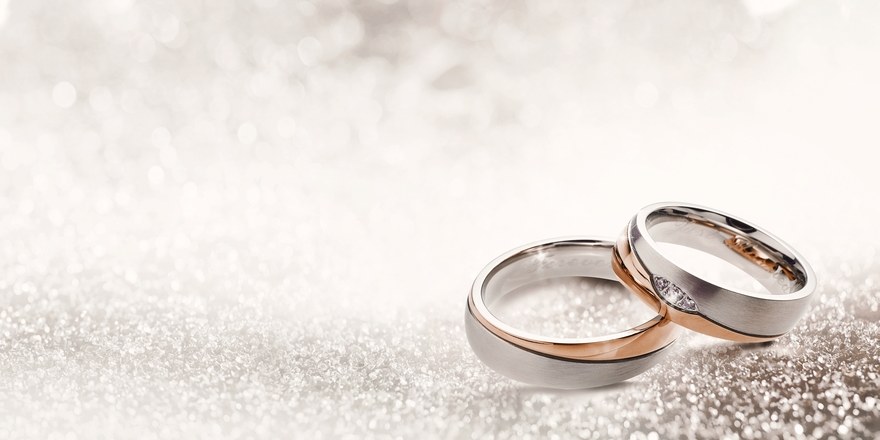
Things To Consider When Buying Flush Setting Ring
Key Considerations for Choosing a Flush Setting Ring
- Finger Size and Shape: Since flush setting rings are typically thicker, it’s important to try on different styles to find the perfect fit for your finger size and shape. Thinner bands may suit smaller or shorter fingers, while longer stone shapes complement them. Those with longer fingers can confidently wear any flush setting ring.
- Gemstone Durability: Due to the high pressure needed to hold gemstones securely, it’s crucial to select durable stones that rank high on the Mohs scale of mineral hardness. Diamonds, rubies, and sapphires are excellent choices. While these gems offer a limited color range, they come in various shades, such as pink sapphires or black diamonds, allowing for eye-catching options.
- Gemstone Shape Comparison: Flush setting rings commonly feature round or square gemstones. Round stones have a classic and feminine appeal, while square-shaped gems lend a more modern look, particularly suitable for men’s wedding rings. Ultimately, the choice of shape should reflect your personal preference and complement the overall design.
- Embrace Uniqueness: Flush setting rings offer ample creative freedom, making them a blank canvas for customization. Consider incorporating unique elements such as constellation-shaped stones, engraved images, or mixed colors for a distinctive and vibrant appearance. Birthstones can also add a personalized touch to create a truly one-of-a-kind design.
When exploring flush setting rings, keep these factors in mind to ensure that the chosen ring aligns with your finger characteristics, gemstone preferences, and desired level of customization.
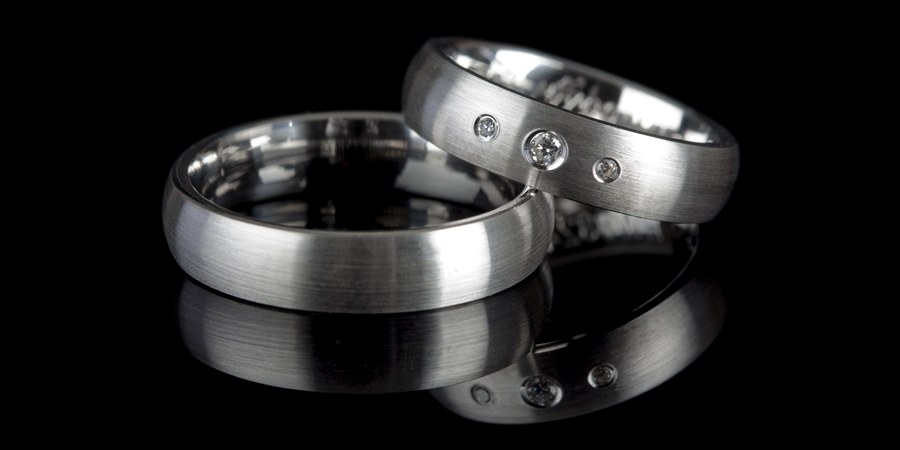
Flush Setting – The Price
Determining the price of a diamond in a flush setting can be challenging, but we can provide some general guidelines to give you an idea of what to expect.
A flush setting ring with a diamond can range in price from $1,000 to $15,000, depending on several factors. One significant factor is the number of side stones surrounding the centerpiece. A larger circle of diamonds, or larger diamonds themselves, will increase the price.
The shape of the centerpiece also influences the cost. Placing diamonds in a flush setting can be more or less complex depending on whether the stone is round or square.
The cut grade of the diamond will impact the price as well. For example, a Very Good cut 1-carat diamond in a flush setting might cost around $9,500, while an Excellent cut diamond of the same weight in the same setting could cost around $15,000.
Other factors like color and clarity generally have less impact on the price, but the carat weight of the diamond plays a significant role. As carat weight increases, diamond prices rise exponentially. For instance, a flush setting with a 0.5-carat diamond might cost around $2,700, while a 1-carat diamond in the same setting could cost around $9,500.
It’s advisable to consult with a diamond expert who can recommend the best diamond option for your budget and the specific flush setting you desire.
Additionally, the price of a flush-set diamond ring can vary based on the region and time of year. Diamond prices tend to rise during the summer months, affecting all aspects of the diamond industry, including cutting, grading, repairs, and setting.
Lastly, the pricing for embedding diamonds in a flush setting can vary among craftsmen. It’s essential to carefully choose a reputable craftsman, as their expertise and reputation can also impact the price.
Considering these factors, consulting with a diamond expert and researching reputable craftsmen will help you make an informed decision and find the best diamond option for your flush setting ring.
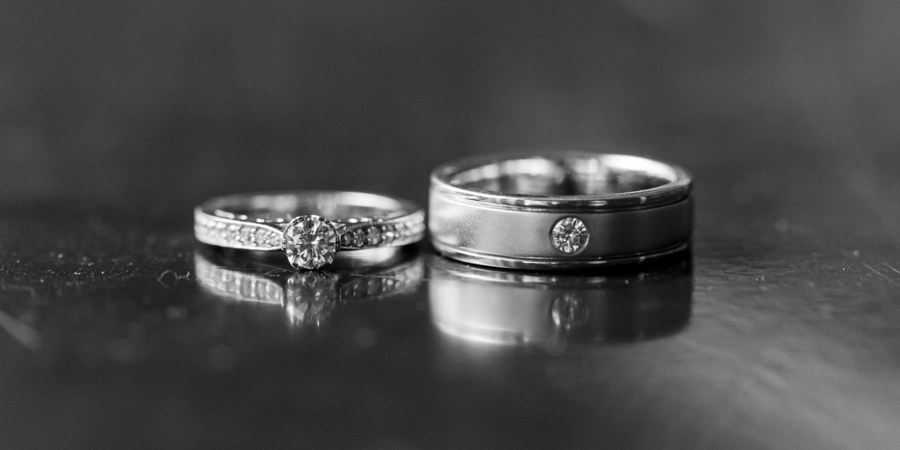
Conclusion
To summarize our discussion on flush settings, here’s everything you need to know:
In a flush setting, the diamond or gemstone is placed into a meticulously drilled hole so that it sits perfectly aligned with the ring’s band. This creates a sleek and seamless appearance where the stone doesn’t protrude.
A flush setting offers a unique and captivating element to your wedding ring while providing enhanced security for your precious gem.
With the stone nestled flush against the band’s surface, it is well-protected and can withstand the test of time.
Despite not being the most widely chosen setting style initially, the flush setting offers remarkable versatility. It can be tailored to your specific preferences and aesthetic, making it a personalized and customizable choice.


